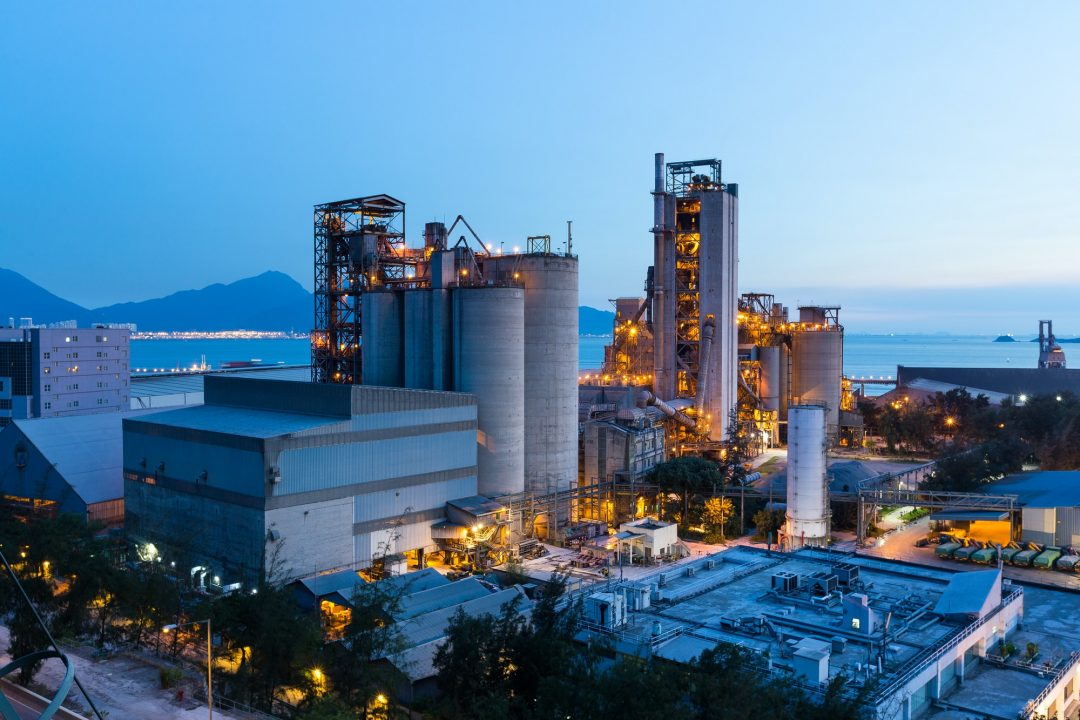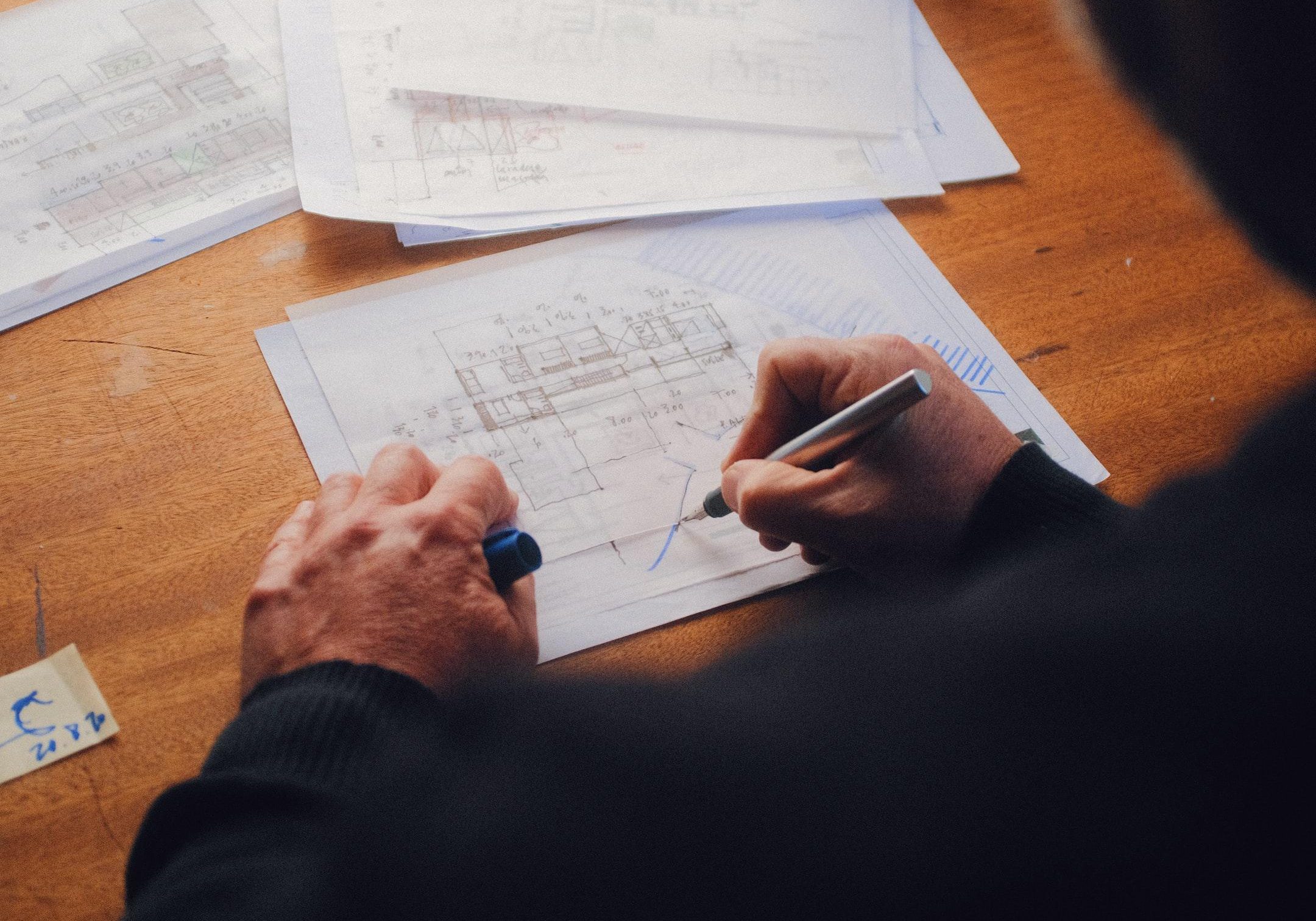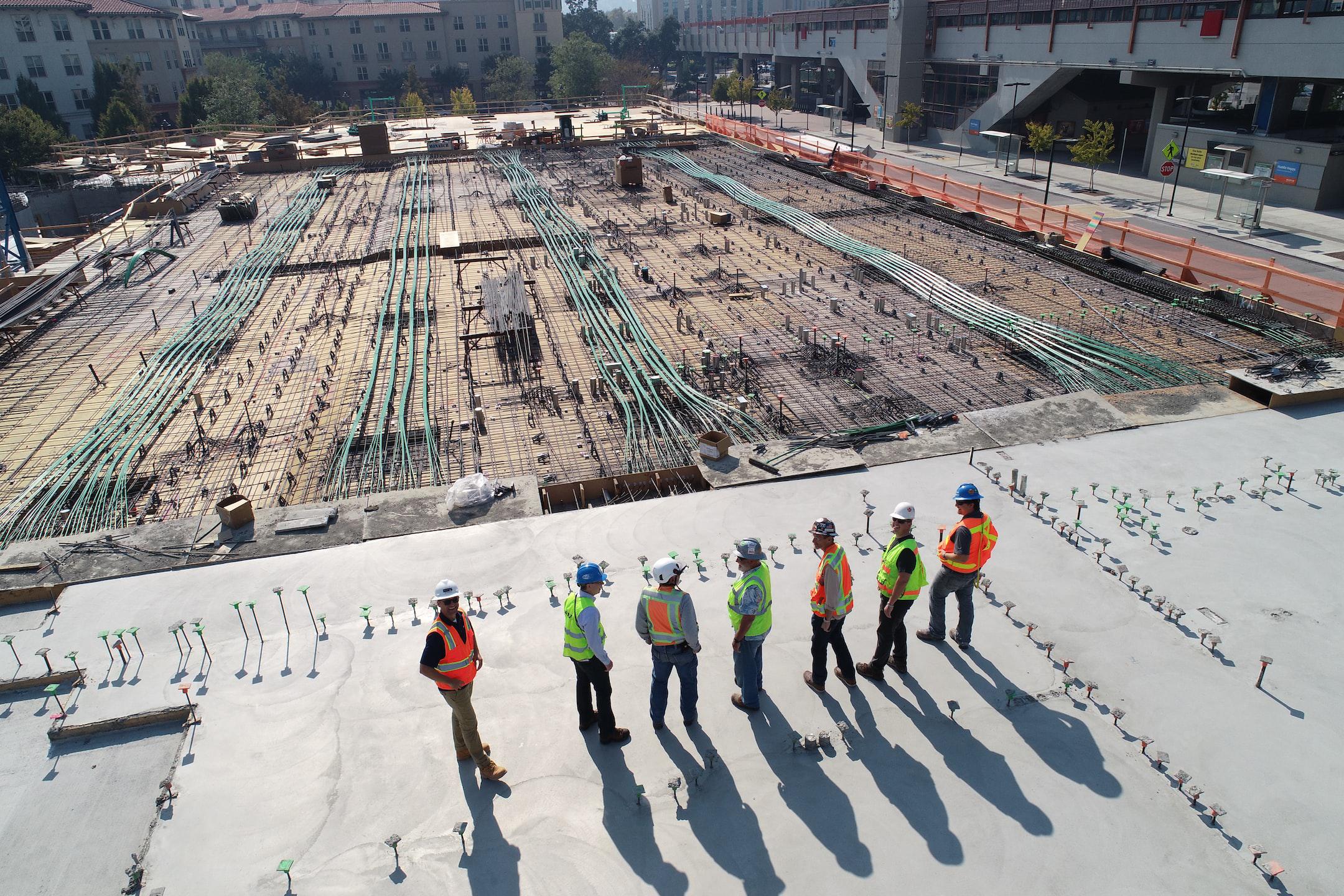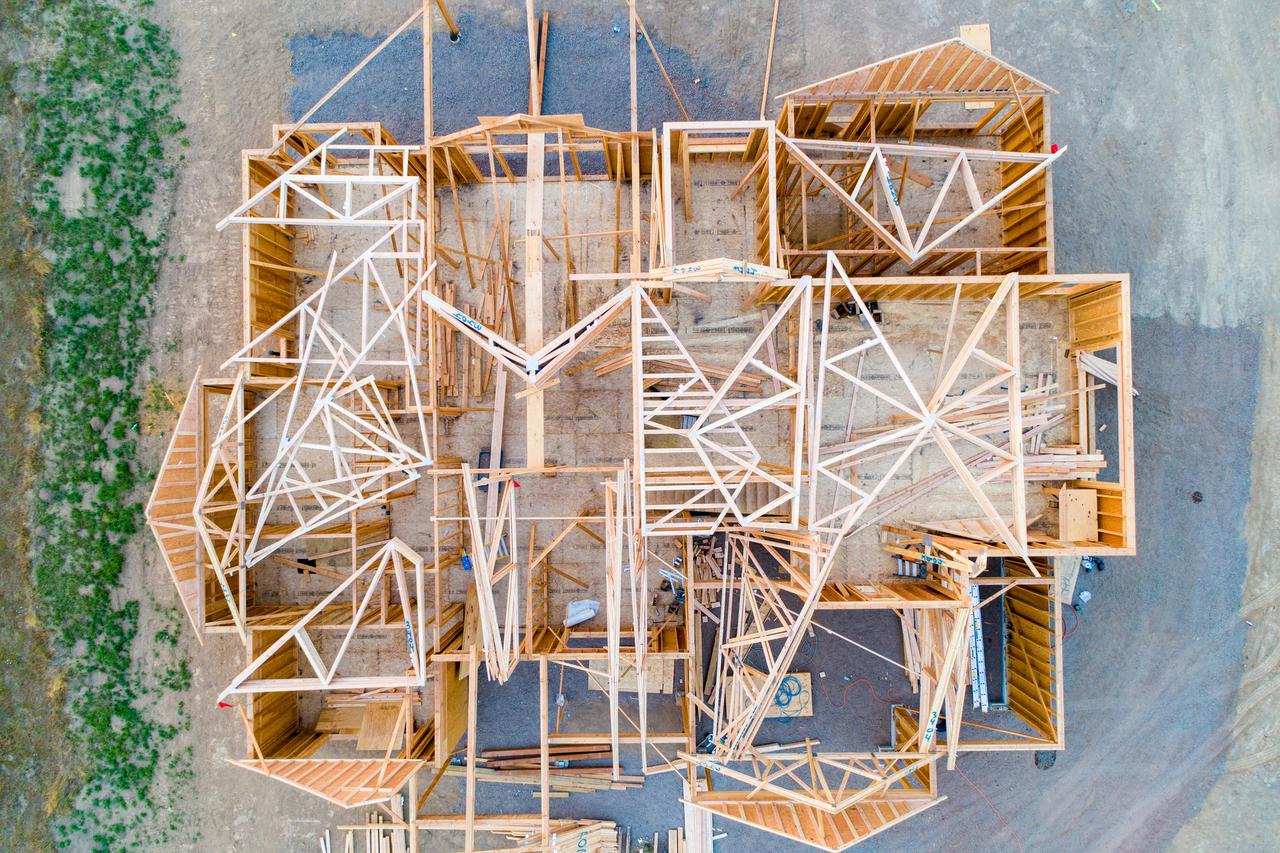Our Process
Repeatable and Predictable results every time.

About Spartan Process
Remove the problem before it happens
How We Work
Process Overview / Steps
01/06
Reach out!
We can’t give you the information you need without starting the conversation.
02/06
Onsite visit or virtual walkthrough
We can mail you a 360 camera to take photos of the site to do a virtual walkthrough, or we can schedule a visit.
03/06
Develop a scan plan.
After we see the site we develop a plan to scan and how we will accomplish what you need.
01/06
Reach out!
We can’t give you the information you need without starting the conversation.
02/06
Onsite visit or virtual walkthrough
We can mail you a 360 camera to take photos of the site to do a virtual walkthrough, or we can schedule a visit.
03/06
Develop a scan plan.
After we see the site we develop a plan to scan and how we will accomplish what you need.
04/06
Confirm we can deliver
We want to make sure that the end result will benefit your company. And if it wont. We won’t continue.
05/06
Set up the scan
Schedule the date. Get to work.
06/06
Deliver
Drawings / Building documentation / point cloud data / fabrication drawings / as built models / Or anything else that you might want to see.
04/06
Confirm we can deliver
We want to make sure that the end result will benefit your company. And if it wont. We won’t continue.
05/06
Set up the scan
Schedule the date. Get to work.
06/06
Deliver
Drawings / Building documentation / point cloud data / fabrication drawings / as built models / Or anything else that you might want to see.
FAQ
Frequently Ask Questions
BLog
Related Article


Scanning Solutions You Need for Different Types of Projects



